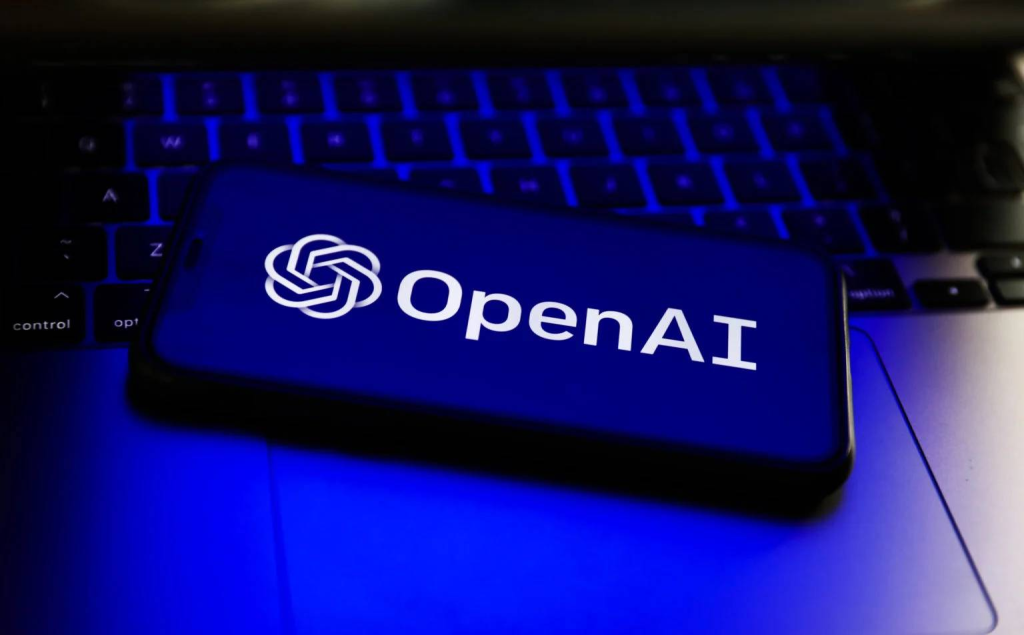Cross-validation is a cornerstone method in machine learning that ensures the model you develop is not only accurate on the data it was trained on but also holds the ability to generalize well to new, unseen data. This technique is vital for preventing models from overfitting and underfitting, ensuring robust, reliable, and generalizable model performance. This article dives deep into what cross-validation is, why it is essential, and how to effectively implement it in your machine learning projects.
Understanding Cross-Validation
At its core, cross-validation is a model evaluation method used to assess how the results of a statistical analysis will generalize to an independent data set. Commonly used in environments where the goal is predictive accuracy, cross-validation is a method for robustly estimating the test error associated with a given statistical learning method in order to evaluate its performance.
Types of Cross-Validation
The most commonly implemented form of cross-validation is k-fold cross-validation. Here, the data set is split into k smaller sets or folds. The model is trained on k-1 of these folds, with the remaining part used as a test set to evaluate performance. This process is repeated k times, with each of the k folds used exactly once as the test data. Other types, such as leave-one-out cross-validation and holdout method, are also widely used depending on the situation and data size.
Implementing Cross-Validation in Machine Learning Projects
Implementing cross-validation can be straightforward with modern machine learning libraries and frameworks. Whether you are using Python’s scikit-learn, R’s caret, or any other significant platform, they all provide built-in support for cross-validation, allowing for flexible and powerful model evaluation and selection strategies.
Step-by-Step Guide to Implementing Cross-Validation
- Data Preparation: Ensure your data is clean and preprocessed. Split your data into features and target variables.
- Choosing a Cross-Validation Technique: Select the appropriate cross-validation technique based on your data size and the nature of the problem. K-fold cross-validation is generally a good start.
- Setting Up the Model: Define the model you want to train. This could be any machine learning model from linear regression to more complex models like random forests or neural networks.
- Executing Cross-Validation: Use the cross-validation method to train and evaluate your model. This typically involves fitting the model on the training fold and evaluating it on the test fold for each iteration.
- Analyzing Results: After completing the cross-validation process, analyze the results to assess the model’s performance. Look for metrics like accuracy, precision, recall, F1-score, depending on your specific problem.
Benefits of Cross-Validation
The primary benefit of cross-validation is its ability to mitigate overfitting, providing a more accurate measure of a model’s predictive power. This is crucial in many real-world applications where the cost of an error can be high. Additionally, cross-validation helps in selecting the model that performs best and is most suitable for further tuning and optimization.
Advanced Cross-Validation Techniques
As machine learning evolves, so do the techniques to refine and enhance model validation. Advanced methods such as stratified k-fold cross-validation and time-series cross-validation offer ways to deal with specific types of data and models, providing more nuanced insights into model behavior and performance.
Conclusion
Cross-validation is an indispensable technique in machine learning for ensuring model reliability and robustness. By understanding and implementing effective cross-validation techniques, practitioners can significantly improve the performance and generalizability of their machine learning models. As we continue to push the boundaries of what is possible with AI and machine learning, robust validation methods like cross-validation will play a critical role in developing trustworthy and effective models.
